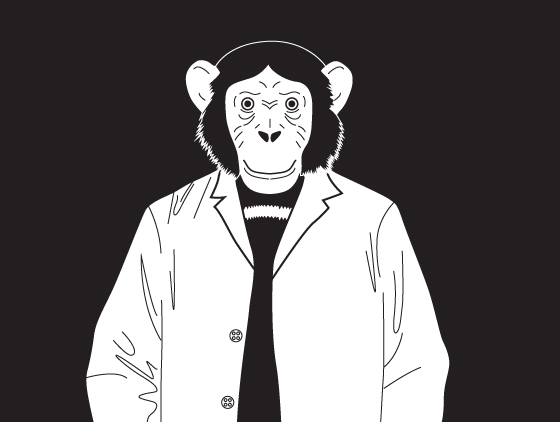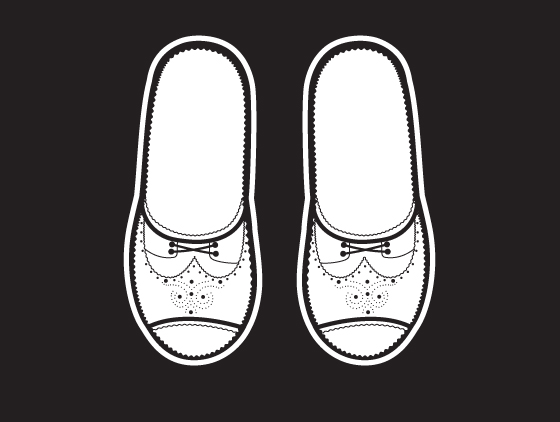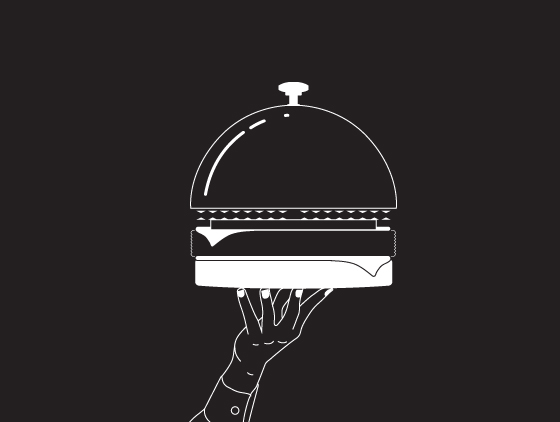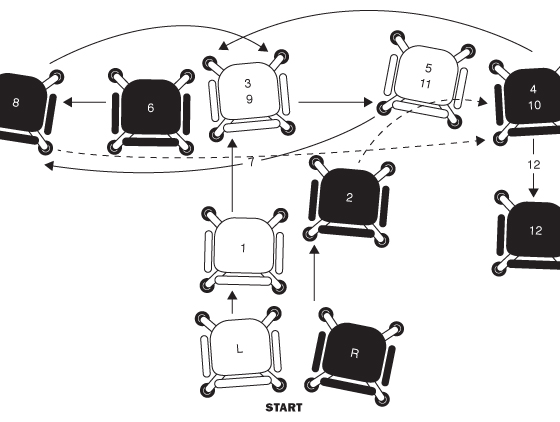Back in 1940s, advertising executive Alex Osborn argued that it was possible to enhance creativity by putting a group of people in a room and have them follow a simple set of rules, like coming up with as many thoughts as possible, encouraging wild and exaggerated ideas, not criticizing or evaluating anyone’s comments. Not surprisingly it became a hit. Over the years, organizations around the world have encouraged their employees to tackle key problems using this approach, commonly known as brainstorming.
But the scientists aren’t convinced. (Nor am I). Brian Mullen from the University of Kent at Canterbury and his colleagues analyzed twenty studies that tested efficacy of group brainstorming and discovered that in the vast majority of experiments, participants working on their own produced a higher quantity and quality of ideas than those working in groups.
The reason, group brainstorming fails, is because of a phenomenon called ‘social loafing’. Simply put it is diffusion of responsibility. When people work on their own, their success or failure is entirely due to their own abilities and hard work. If they do well, the glory is theirs. If they fail, they carry the can. However, add people to the situation and everyone stops trying so hard, safe in the knowledge that, though they will not receive personal praise if the group does well, they can always blame others if it performs badly.
Years of brainstorming may have inadvertently been stifling, not stimulating, creative juices. So have faith in yourself, work alone, regroup to discuss your ideas with your team and kick ass.





